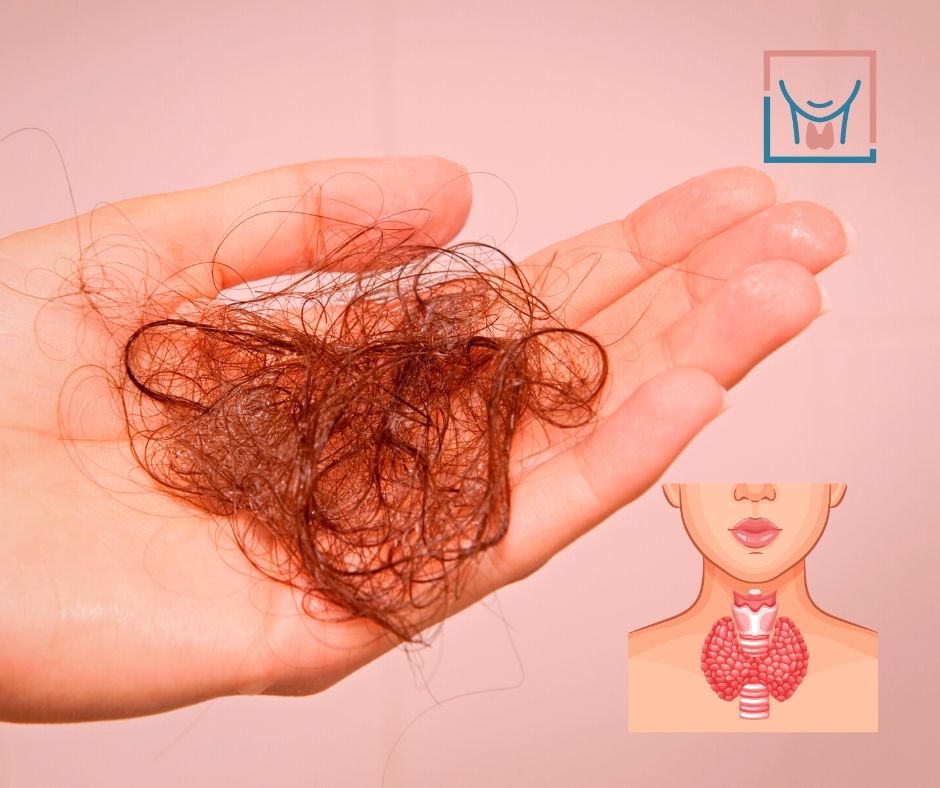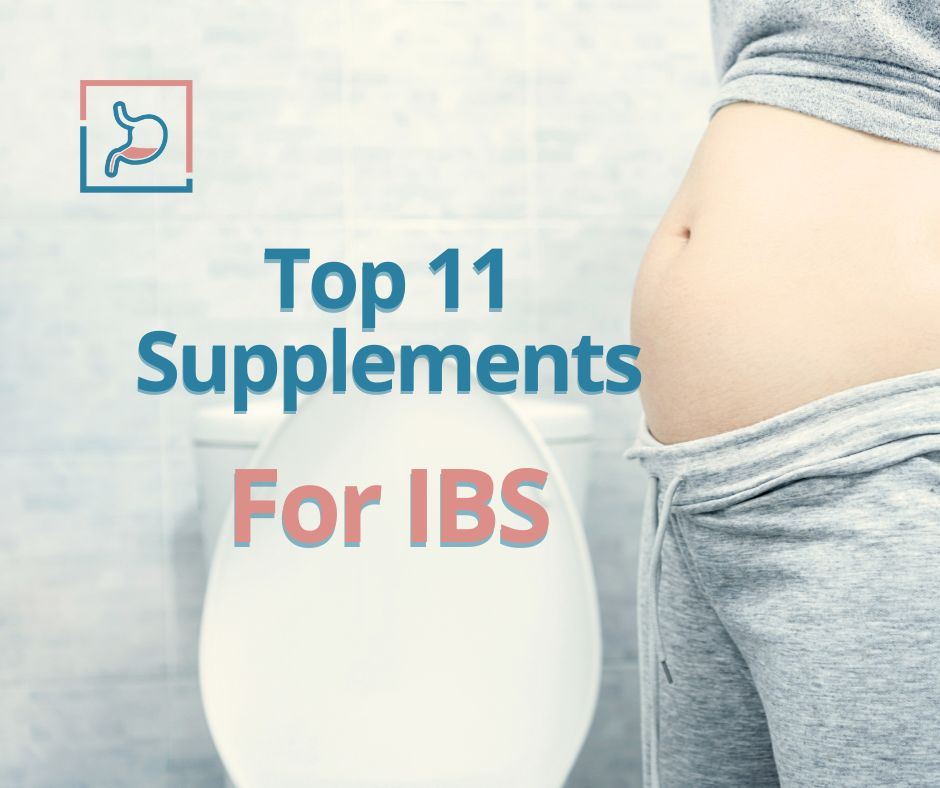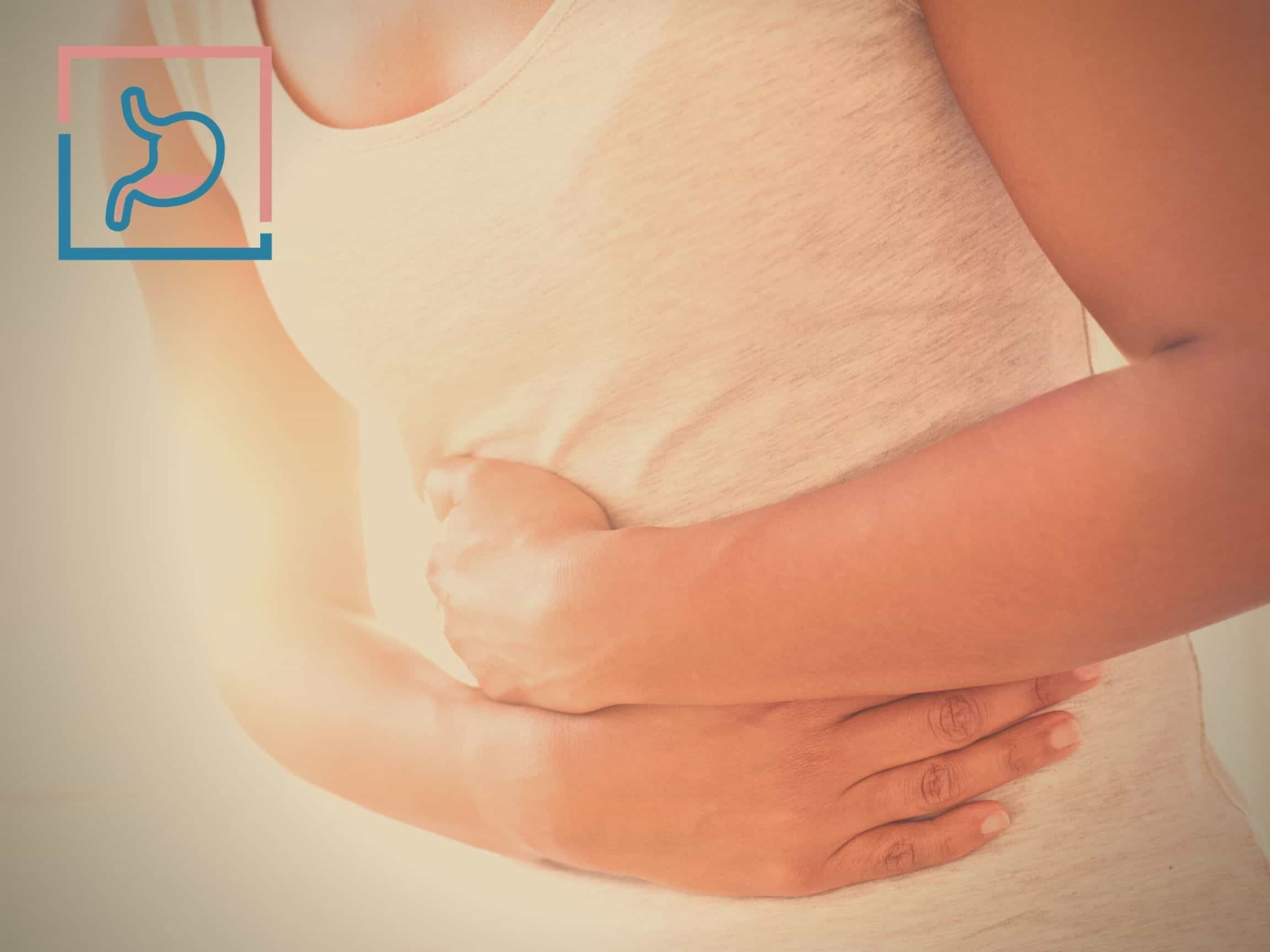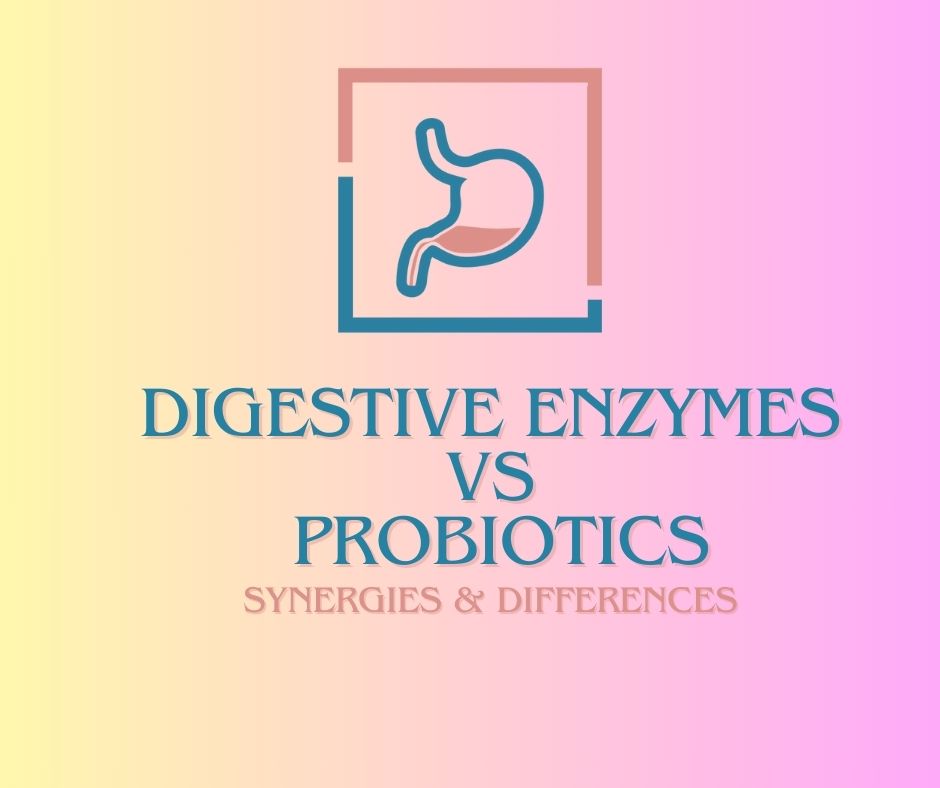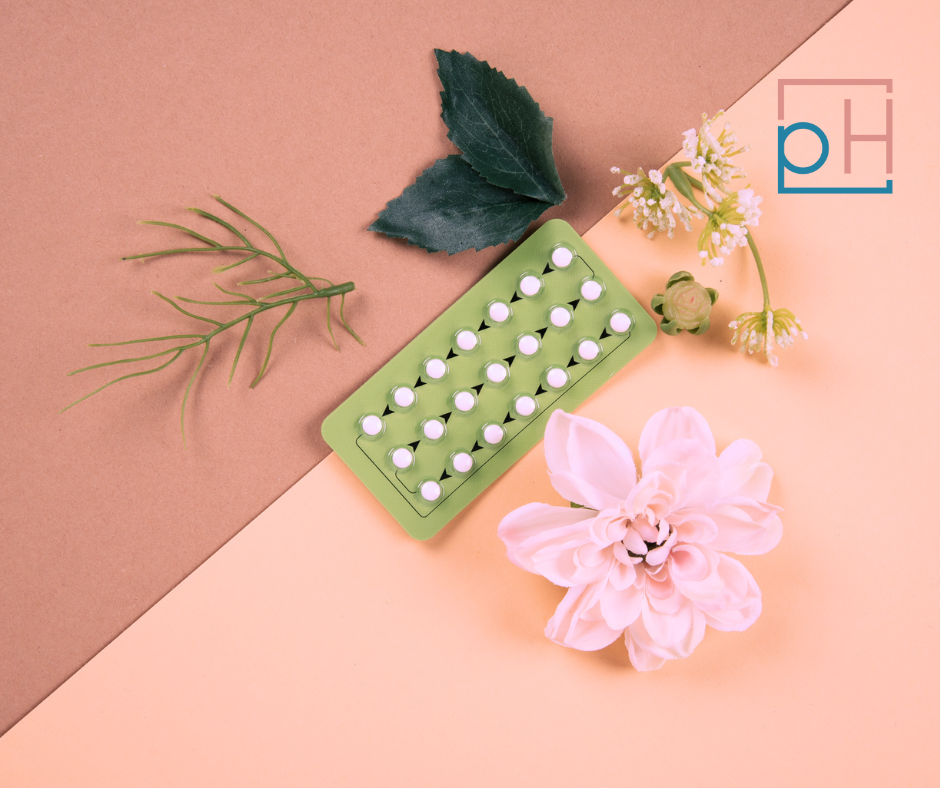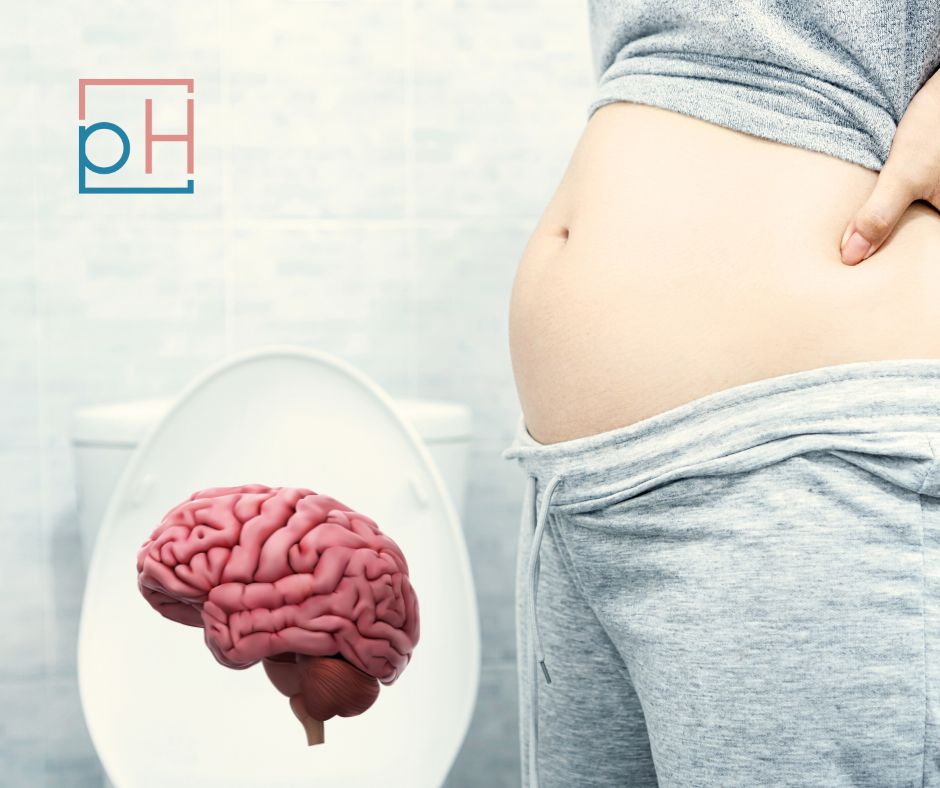Everyone experiences stress, sometimes overwhelmed by anxiety and feelings of depression as we navigate our daily lives. We worry about what has happened in the past, and our mind wanders to what will happen when we should all be more focused on the present.
Mindfulness is a meditative practice that cultivates a deep awareness of the present moment. It is being aware of your sensations and emotions and allowing yourself to feel them without trying to dig in and decipher them further.
Before going further, let me just say that mindfulness works. It’s a valuable technique for any human being to learn.
Let’s unpack what this practice is all about.
At PrimeHealth, we care about your mental health and overall wellness. We use a whole-body approach to address your mental and physical needs. If you’re in the Denver area, schedule a consultation today.
We may receive a small commission from products you purchase via links in this article.
The History and Science of Mindfulness Meditation
Letting judgment go from your mind and giving in freely to the present moment is a practice with roots in Buddhism. In the 1970s, American professor Jon Kabat-Zinn studied these Buddhist teachings and later developed a stress-reduction program at the University of Massachusetts Medical School called Mindfulness-Based Stress Reduction (MBSR).
Zinn’s first published study found that 65% of the patients showed a reduction in pain after 10 weeks of mindfulness meditation. In addition to decreased pain, patients experienced significant improvements in mood and psychiatric symptoms.
Now, clinical psychologists use these concepts for mindfulness-based cognitive therapy (MBCT) to address mental health conditions like depression and anxiety. In this practice, cognitive behavioral therapy ideas are combined with meditation to adjust your perspective on how you’re thinking and feeling.
Read Next: Microdosing: Scientific Evidence for Benefits & Risks
A 2023 study revealed that MBCT is an effective intervention for people suffering from major depressive disorder. After only 8 weeks, patients showed improvement in depression and suicidal ideation, leading to a better quality of life.
Getting Started with Practicing Mindfulness Exercises
If you find yourself on the verge of burnout or having negative thoughts — or just want to cultivate better self-awareness — it’s easy to start practicing mindfulness techniques. Common mindfulness techniques include:
- Focused breathing: Sit or lie comfortably, close your eyes, and focus solely on your breath. Take deep breaths, observing each inhalation and exhalation.
- Body scan meditation: Lie down and mentally scan your body from head to toe. Take the time to notice any body sensations, tension, or discomfort.
- Mindful observation: Pick an object and focus all your attention on it, noticing every detail, the way the colors look in the shadows and highlights, the texture of the fabric or material, and maybe even how it smells.
- Mindful listening: Listen to the sounds in your environment or music, paying full attention to each note and thinking about the source of the sound.
- Loving-kindness meditation: Mentally send goodwill, kindness, and warmth towards yourself and others by silently repeating messages of love and kindness. Self-compassion can be difficult at first, but you should offer yourself understanding and support just like you would a friend or family member.
4-Week Mindfulness Start-Up Program
To begin practicing, simply jump in and try it to achieve a state of mindfulness. Worrying about doing it right is the exact opposite of what mindfulness is. Just be — and do the exercise. If you notice your mind wandering, know that it’s completely normal, and have compassion for yourself. To help get you started, we have this easy-to-follow 4-week program.
Repeat each week’s focus daily, adding to your routine each week.
- Week 1: Spend 5 minutes daily in a quiet space, focusing on deep breaths.
- Week 2: Expand to 10 minutes of breathing meditation and incorporate 5 minutes of mindful observation of your surroundings.
- Week 3: Practice 10 minutes of mindful walking or gentle yoga, focusing on body sensations. Think about how your body moves and how it feels during your gentle activity.
- Week 4: Apply mindfulness to daily activities, such as eating. Take 10 minutes of your meal time to think about the food you are eating. Focus on the taste, texture, and smell, and notice how they pair with the other foods on your plate.
You can continue to build on these foundations, gradually increasing the duration and complexity of your practices as time goes on. If you’re still having trouble getting started, a mindfulness teacher or group meditation sessions may help you get comfortable with a practice.
There are also apps like Headspace with guided meditations and meditation techniques to give more structure to your learning.
Think clearer and reduce stress with our favorite coffee alternative, Everyday Dose. Use code PRIMEHEALTHDENVER for 15% off your first order!
Health Benefits of Mindfulness
The ability to increase the body’s relaxation response, enhance brain function, and reduce stress hormones is why mindfulness has become a trending wellness practice.
Practicing mindful meditation promotes a state of calm and awareness while encouraging emotional balance. Approaching your experiences with openness and non-judgment leads to improved psychological well-being and relationships.
The most notable health benefits of practicing mindfulness are:
- Reduced stress
- Improved mental health
- Enhanced focus and attention
- Decreased anxiety and depression
- Better emotional regulation
- Increased overall well-being
- Lower blood pressure
- Improved sleep
- Better pain management
FAQs
What are the seven pillars of mindfulness?
Developed by Jon Kabat-Zinn, the seven pillars of mindfulness are:
- Non-judging: Recognize and work around automatic judgments. Be gentle with yourself and others, understanding different coping mechanisms.
- Patience: Understand that life unfolds in its own time. Accept that recovery is a gradual process, and trust its pace.
- Beginner’s Mind: Approach life with an openness to new experiences. Be open to different treatment methods, understanding there’s more than one path to recovery.
- Trust: Believe in your intuition and personal beliefs. Trust your decision to seek a better life and believe in your chosen path.
- Non-Striving: Accept who you are without constantly striving to change. Embrace your true self, which can aid in dealing with mental health disorders.
- Acceptance: Acknowledge the reality of situations without bias. See and accept facts and circumstances as they are, without letting biases cloud judgment.
- Letting Go: Release fixation on thoughts and worries. Forgive past mistakes, release anger, and move beyond past trauma.
How does mindfulness affect the brain?
Mindfulness increases the efficiency of brain pathways that process information and allows you to control your attention more deliberately.
What is the difference between mindfulness and meditation?
Mindfulness is the practice of being fully aware and present in each moment, accepting thoughts and sensations without judgment. It can be practiced anytime, anywhere. Meditation, on the other hand, is a structured activity where one trains attention and awareness, often through focused techniques like breath control or mantra repetition, to achieve mental clarity and emotional calm.
While mindfulness can be a form of meditation, meditation is a more defined practice with specific techniques.
How can mindfulness improve mental health?
When you practice mindfulness, regions in your brain physically change and increase in gray matter, allowing for better self-regulation, clarity in high-stress environments, and reduced anxiety and depression.
How can mindfulness reduce stress in daily life?
You can find a greater sense of calm, mental clarity, and reduced stress when you practice mindfulness and become aware of your thoughts and reactions. Mindfulness techniques calm the body and mind.
We’re Here to Help With Mental Health and Well-Being
Mindfulness is a valuable tool for enhancing overall well-being. Regular practice can help you better manage stress and lead a healthier, more balanced life. Whether you’re dealing with stressors of everyday life or more significant challenges, mindfulness exercises offer a way to navigate life with greater calm and clarity.
If you’re a Colorado resident looking to strengthen your mental health foundation with mindfulness techniques, reach out to PrimeHealth. We will build an integrative and functional plan for well-being together. Your journey to a more mindful and stress-free life starts here.
View this profile on InstagramPrimeHealth (@primehealthdenver) • Instagram photos and videos
Sources
- Kabat-Zinn, J. (1982, April 4). An outpatient program in behavioral medicine for chronic pain patients based on the practice of mindfulness meditation: Theoretical Considerations and preliminary results. General hospital psychiatry.
- Tseng, H. W., Chou, F. H., Chen, C. H., & Chang, Y. P. (2023). Effects of mindfulness-based cognitive therapy on major depressive disorder with multiple episodes: a systematic review and meta-analysis. International journal of environmental research and public health, 20(2), 1555.
- Solano Lopez, A. L. (2018). Effectiveness of the mindfulness‐based stress reduction program on blood pressure: a systematic review of literature.Worldviews on Evidence‐Based Nursing, 15(5), 344-352.







